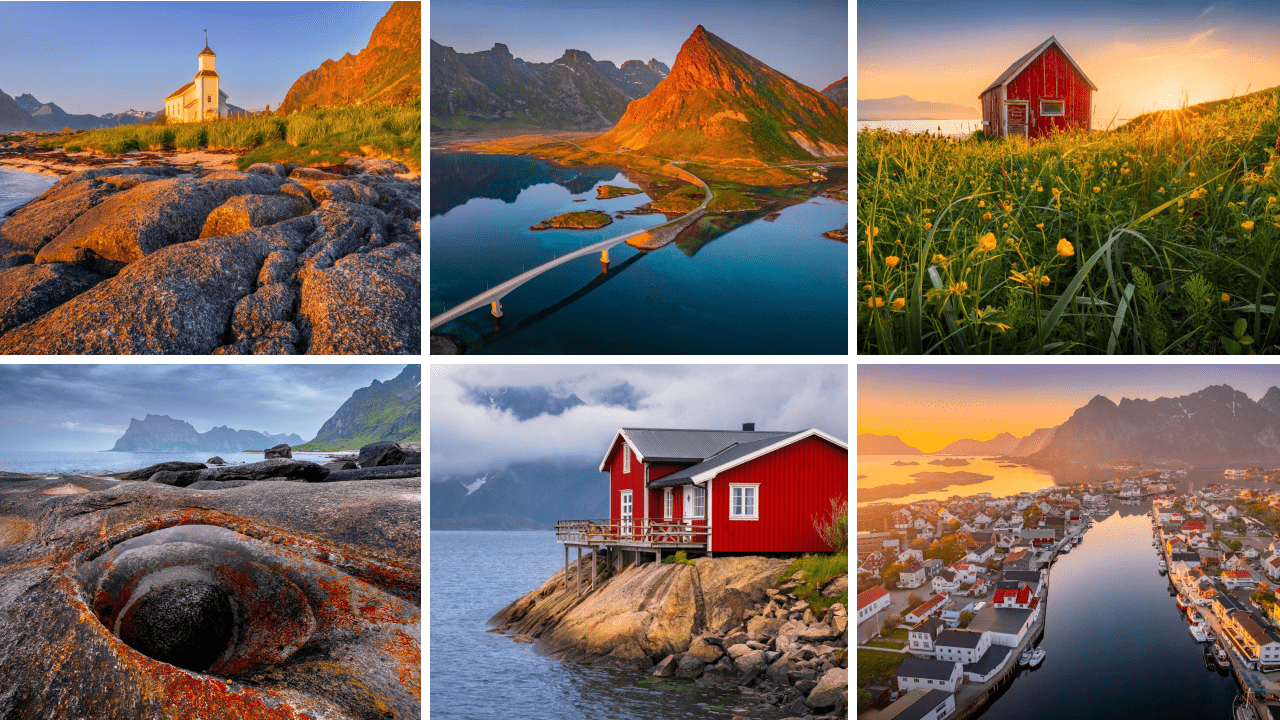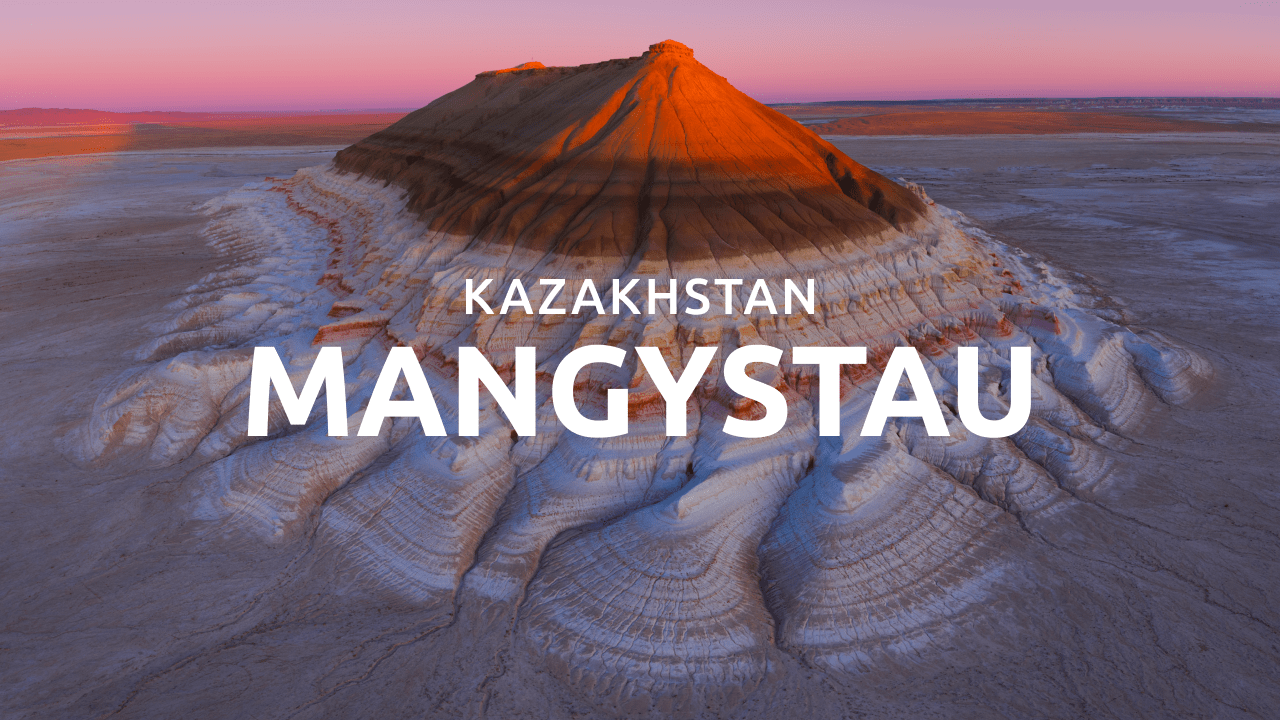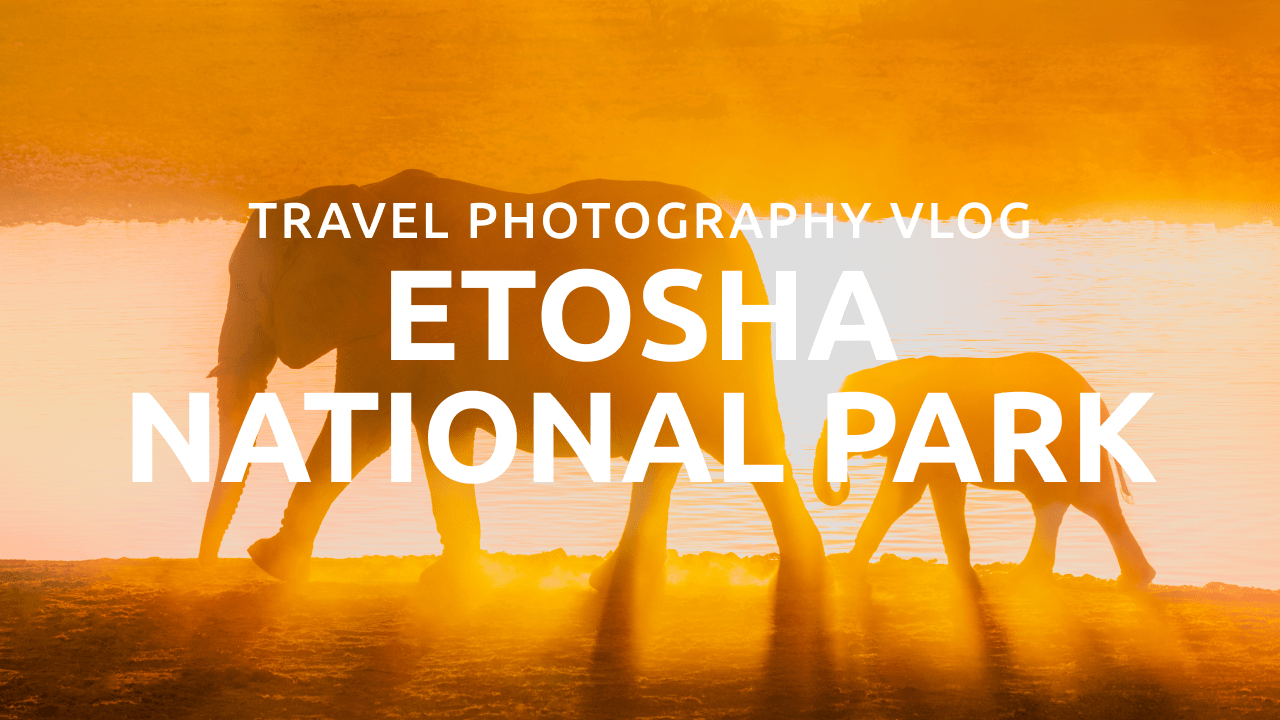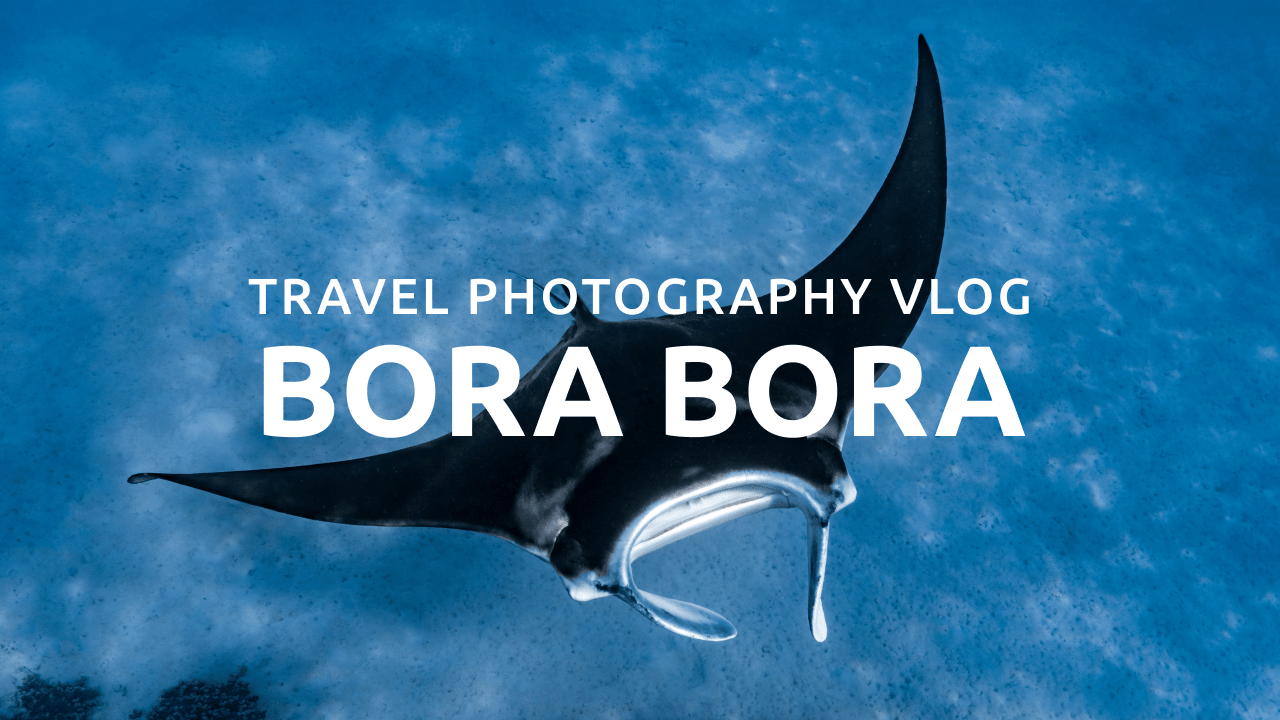Located in the north of Norway and inside the Arctic Circle, the Lofoten Islands are characterised by towering granite peaks, tranquil fjords, and charming fishing villages dotting the coastline.
During my visit in the summer, I was amazed by the endless natural beauty which provided lots of photographic opportunities.
In this article, I’ve listed some photo locations which will hopefully give you an idea of what you can photograph on your trip, particularly in the summer months and during the midnight sun.
As a disclaimer, this is not a comprehensive list of all the photo locations in Lofoten, but instead, just a few highlights from my one-week trip there.
Head over to my Lofoten Islands Gallery to see more images.
1) Gimsøy Church
This is a very photogenic church quietly tucked away on the island of Gimsøy.
Like many of the churches in Norway, this is in traditional Scandinavian style with wooden construction and a picturesque setting.
I visited this church on more than one occasion as I found it a great place to explore with the camera.
I visited during the golden midnight sun which beautifully illuminated the church and the surrounding mountain. Visiting during overcast weather also provided some great photographic opportunities.
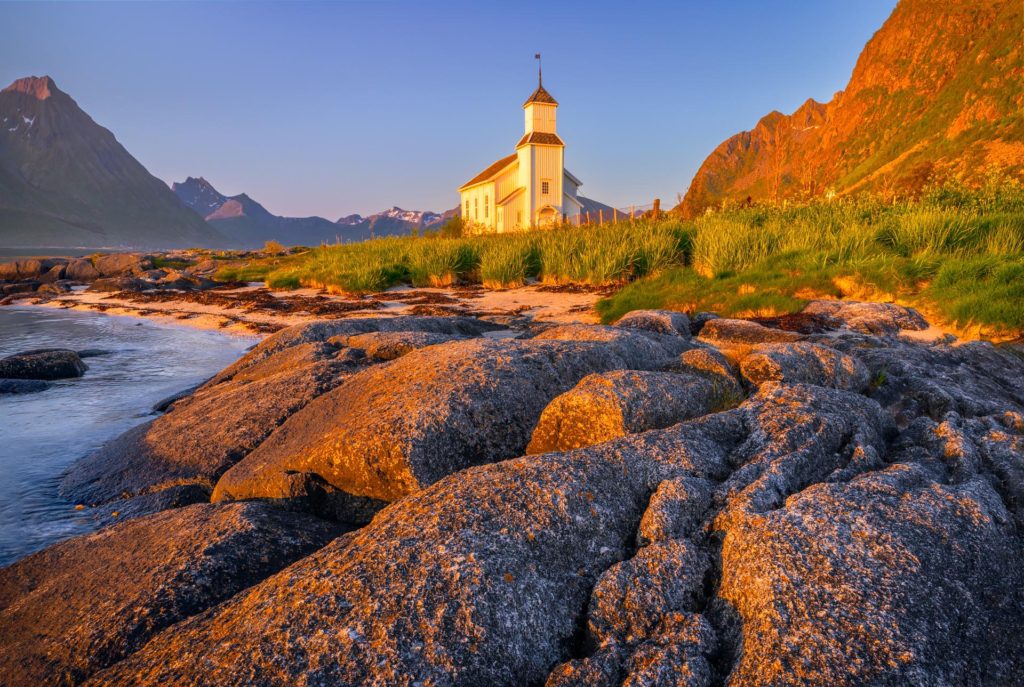
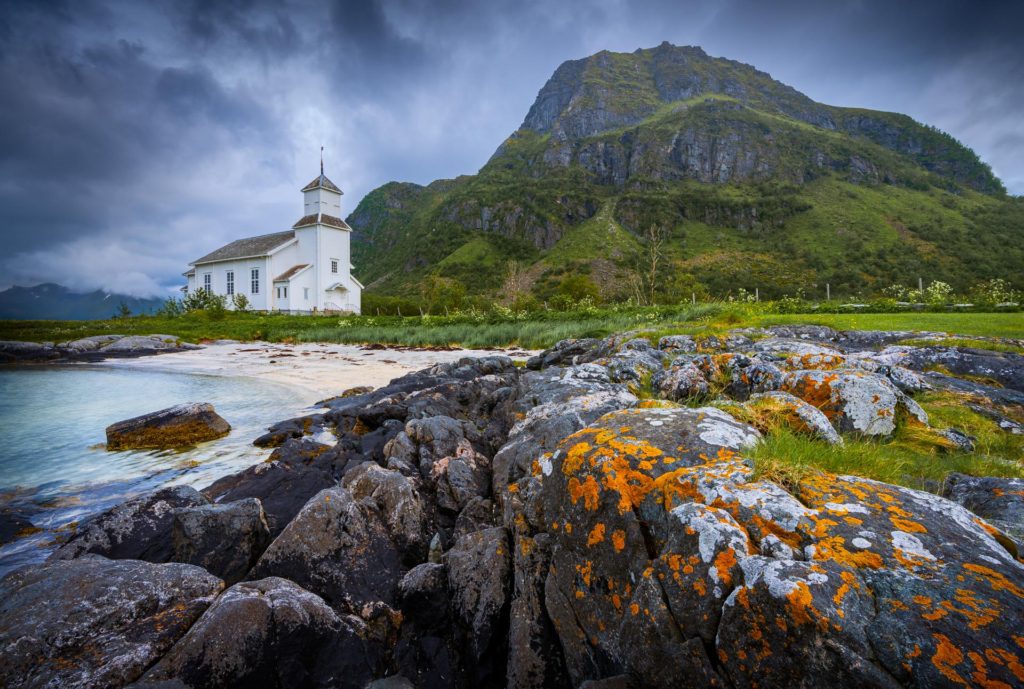
2) Stor Buøya Bridge
One aspect of the trip that surprised me was the incredible road infrastructure connecting the islands. This is a great location which shows that very well.
There are various angles to photograph the bridge but in my opinion, you need a drone to fully capture the scale of these bridges and emphasise the blue colouring in the water.
Visiting in the midnight sun was a really special experience.
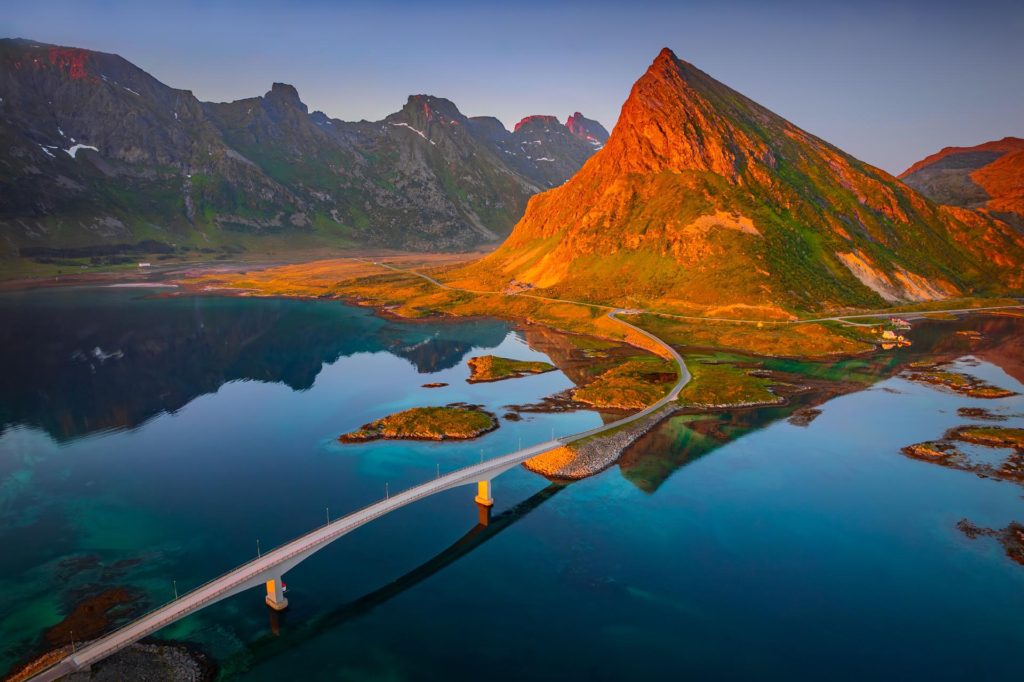
3) Henningsvær
Henningsvær is a fishing village, nestled amidst rugged mountains and the Norwegian Sea. It’s a brilliant place for photography as there are lots of small islands which make for interesting compositions.
A drone is useful at this location as it emphasises the remoteness of the village and the scale of the mountains.
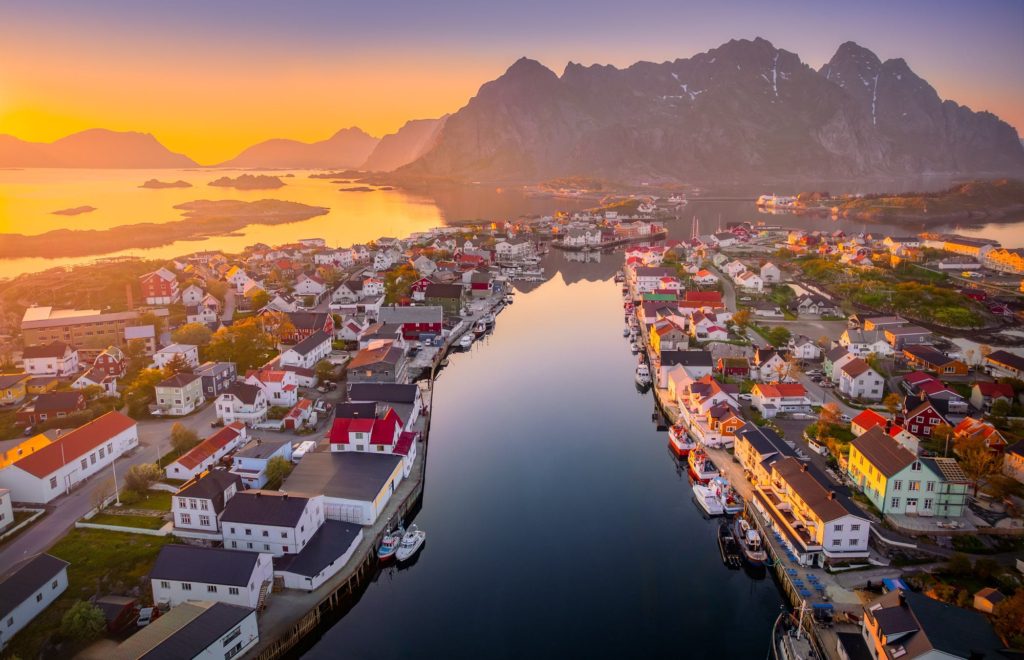
Watch my vlog to see more of Henningsvær
4) Hamnøy Cabins
One thing you’ll certainly notice when you visit the Lofoten Islands is the traditional red fishing cabins, commonly known as rorbuer.
These provide fantastic focal points when taking photos and contrast very well against a mountainous backdrop.
I found the area of Hamnøy a very good location to photograph these red cabins.
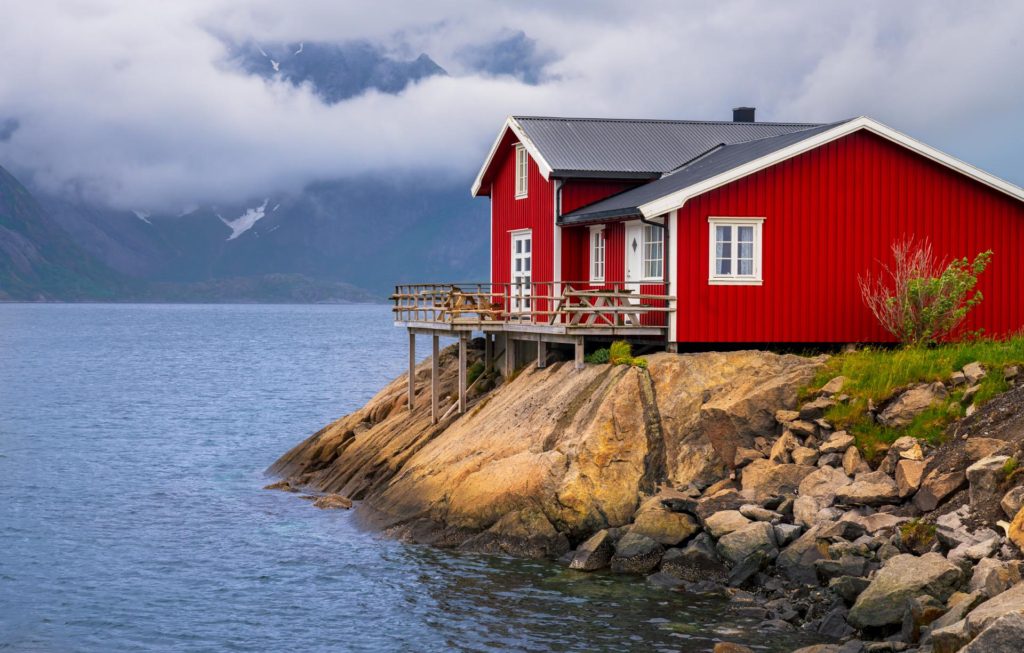
![]()
5) Mortsund
One location that I went to that didn’t seem to be that well-known was the small village of Mortsund.
There wasn’t much else other than a hotel and a fishing business but I was pleasantly surprised by the photographic opportunities.
The red cabins here were very photogenic and was lucky to have a beautiful display of lupins perfectly positioned.
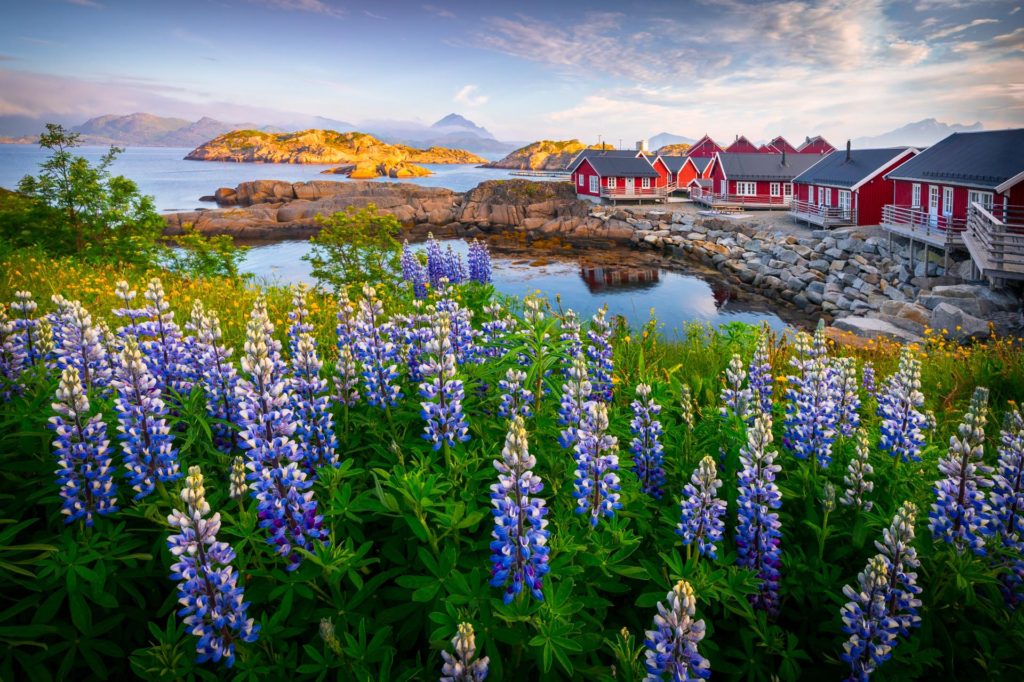
6) Nusfjord
I’m sure you’ll have come across this place if you’ve been doing some research on where to visit. Nusfjord is a well-preserved fishing village and a great example of what many areas of the Lofoten Islands used to look like when the fishing industry was in full swing.
It’s a great place to go if you want to capture some images which show the history of the Lofoten Islands.
![]()
7) Unstad Beach
This was a fantastic place I visited and if you enjoy seascape photography this is the perfect place to go.
There are endless opportunities here with many interesting rock formations and colours.
I visited a couple of times on the trip for the different tide times which gave a good variety of images.
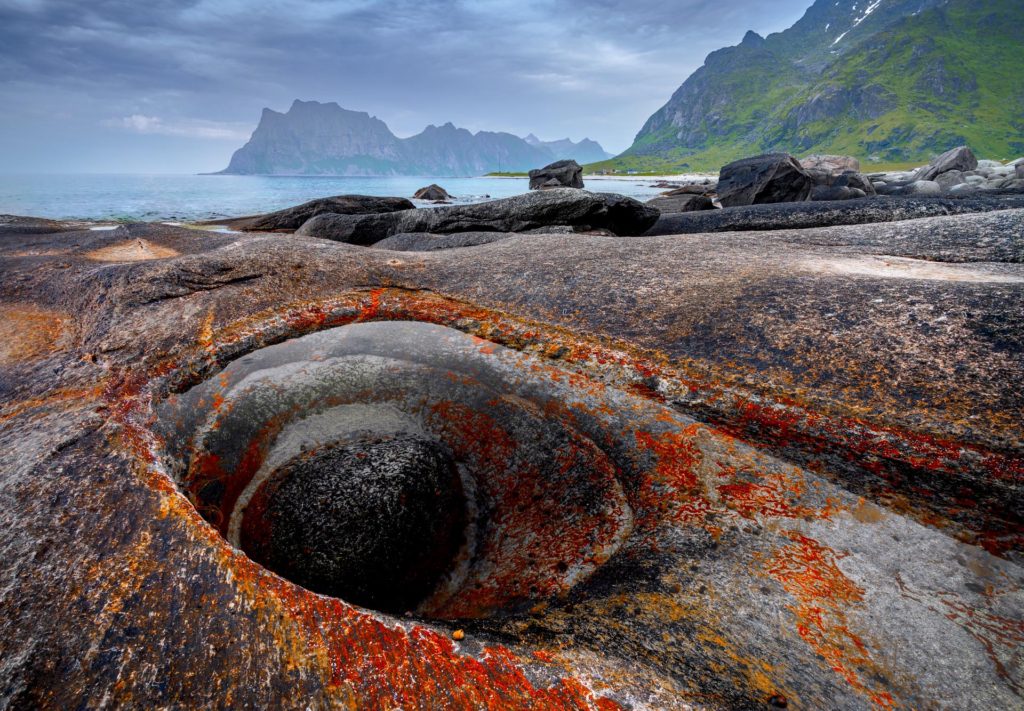
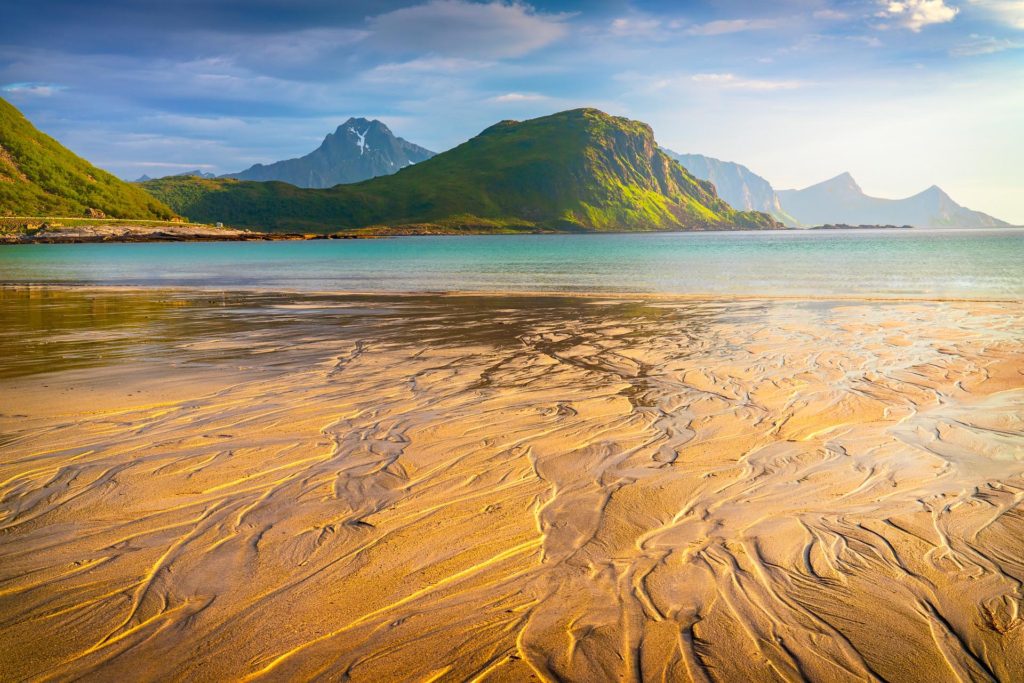
Watch my vlog to see more of this area.
8) Ramberg and Skagsanden Beach
I’ve grouped these beaches as they’re very close to one another. They both have something to offer and were probably the most beautiful beaches I came across on the trip.
You may have seen pictures of the red cabin on Ramberg Beach. It’s a very popular focal point for photographers and it’s clear to see why.
Skagsanden Beach offers something very different. A short walk from the car park you’ll see some amazing patterns and textures in the sand.
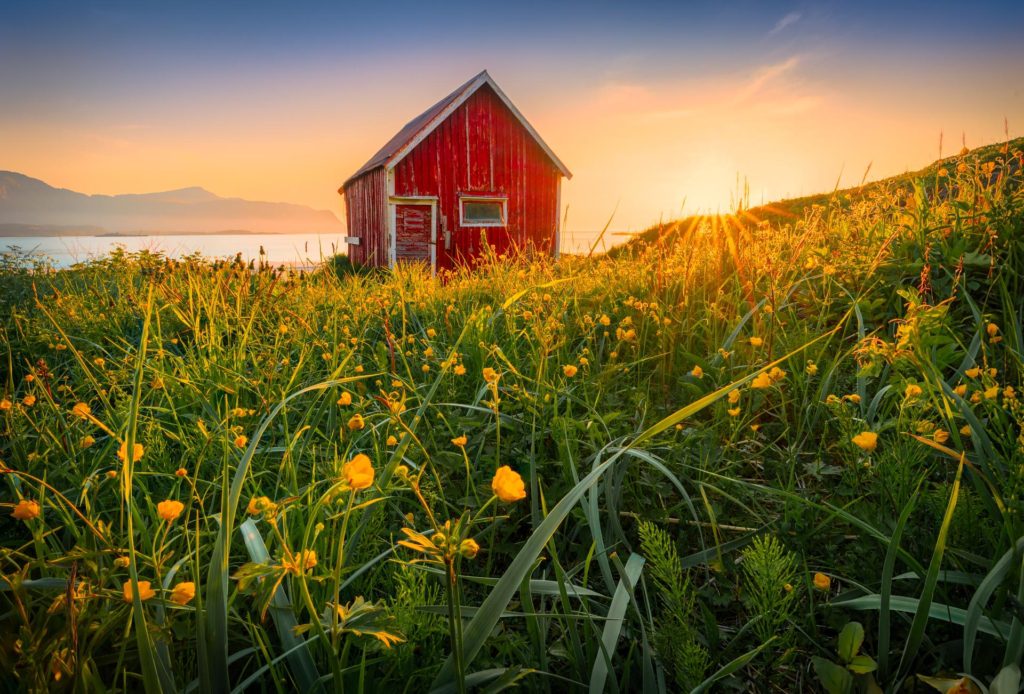
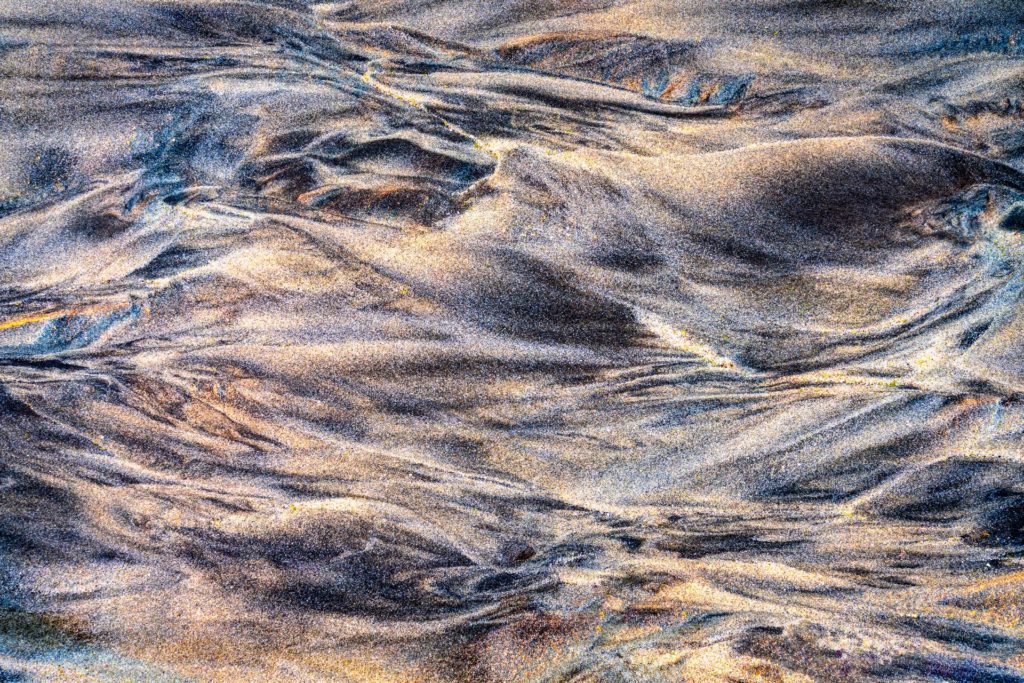
9) Sakrisøya
I thought it was worth mentioning Sakrisøya even though it’s very close to Hamnøy (number 4 on the list). I really liked photographing these yellow cabins which is a cabin colour you don’t often come across in Lofoten.
I was also amazed at the beautiful turquoise colouring in the water which made this a really unique location.
There are plenty of photographs to capture in this area but I think you need a drone to fully capture the beauty.
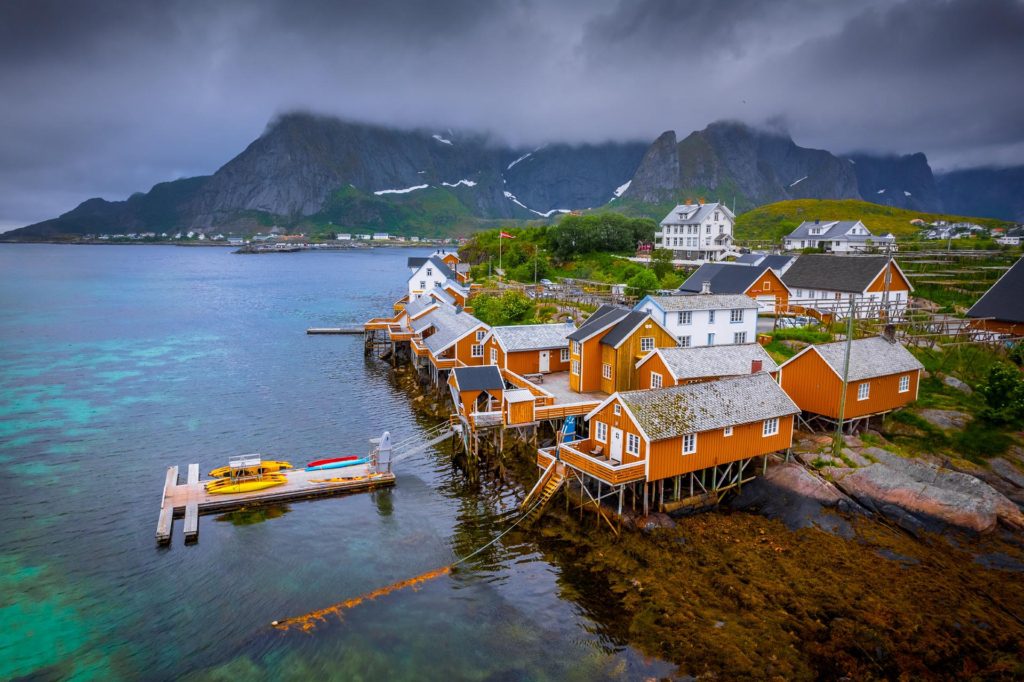
Watch my vlog from this area to learn more.
Thank You
Thanks for viewing. I hope you found this article helpful and inspired you on your adventure to Lofoten. Feel free to comment on this article or drop me a message on social media if you have any further questions.
As I mentioned in the opening part of the article, there is a lot more to photograph in Lofoten and this is simply my personal experience.
Finally, if you’d like to see my trip in more detail and how I photographed these locations, check out my vlog series on YouTube.

